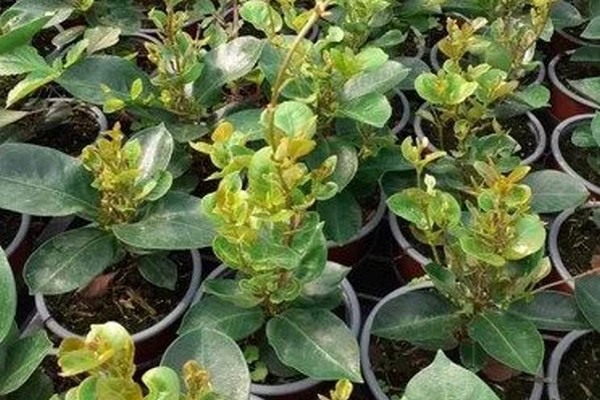In the dynamic world of horticulture, the battle against pests is ongoing and ever-evolving. At the recent Rio Breakfast during the International Horticulture Trade Fair (IPM) in Essen (DE), a spotlight was cast on the pervasive issue of Thrips parvispinus. This pest has been troubling growers since its European detection in 2001. Cristina Prados Fernández, a technical specialist from Koppert, took the stage to share her expertise on integrated pest management (IPM) strategies tailored to combat this resilient pest.
Koppert, a leader in the realm of biological control and pollination, boasting a 2021 turnover of $300 million, operates 11 production centers and employs a workforce of 2,750. Their approach to pest management is about controlling and understanding the pest itself.

Cristina explained that Thrips parvispinus, originating from Indonesia, presents unique challenges due to its varied host range, distinctive physical characteristics, and reproductive behavior. This pest was first detected in Europe in Greece in 2001 on Gardenia. The symptoms are mainly visible on tender leaves and stems next to buds. The damage these Thrips can cause varies between feeding damage, stunted growth, flower and fruit damage, and a reduction in photosynthesis and it can be a vector for plant diseases.
Thrips parvispinus can be differentiated from other thrips by the antennaes which are bicolored and with stripes of different thicknesses, in contrast to other thrips having stripes of the same thickness. The male version is pale while the female is black/brown. The cycle to adult is 14 to 16 days at a relative humidity of 65% and temperature of 20-25 degrees. Another characteristic is that they can be hosted by 40 different plant species, from Abelmoschus to Zea Mays.
Cristina outlined the necessity of a holistic Integrated Pest Management (IPM) strategy, that includes chemical, biological, ecosystem, physical, and technological methods. She highlighted the importance of biological control as a cornerstone of IPM, discussing various natural enemies of Thrips parvispinus, from predatory mites to entomopathogenic fungi and nematodes.
This list of 'natural enemies' was established based on thorough research in which the next parameters were evaluated:
• fertility of the females
• Predation: rate of feeding
• Ability to locate the pest
• Survival with exclusive diet thrips
• Supplementary feeding
• Formats/doses/repetitions/dates of introduction
• Development of new auxiliary and new application techniques formats
Crucial tips to fight against thrips parvispinus:
• Eliminate the remaining plants from the last production
• Pinch to eliminate the damaged part of the plants and the thrips on it together
• Establish a quarantine zone for all the initial material
• Establish a robust monitoring system to detect and mark areas affected by Thrips
• Make sure there is plenty of nourishment for the auxiliaries
• Alternate the entomopathogenic Nematodes
• Plan an initial treatment in summer
• Plan Chemical treatments in December, this will help to reduce the population
For more information:
Syngenta Flowers
www.syngentaflowers.com
